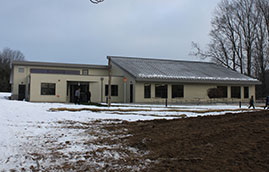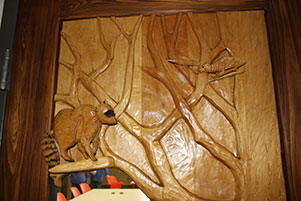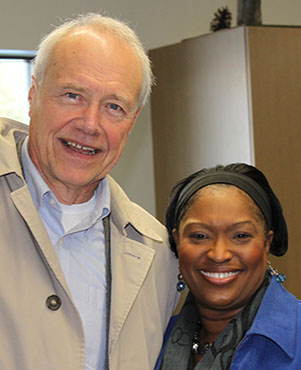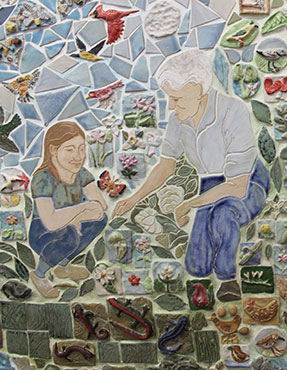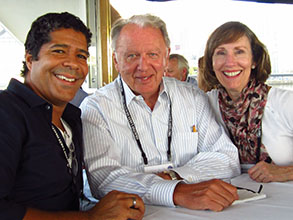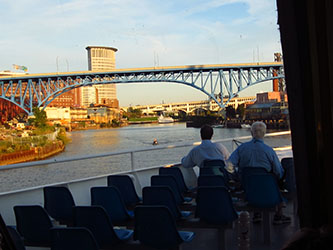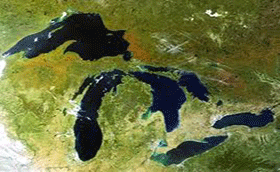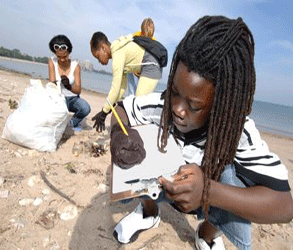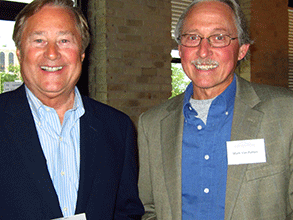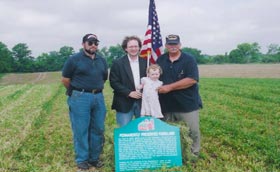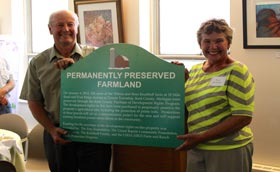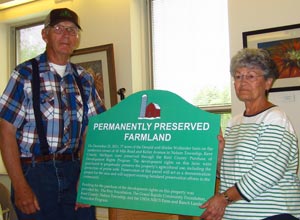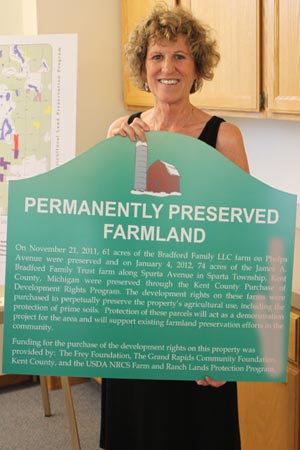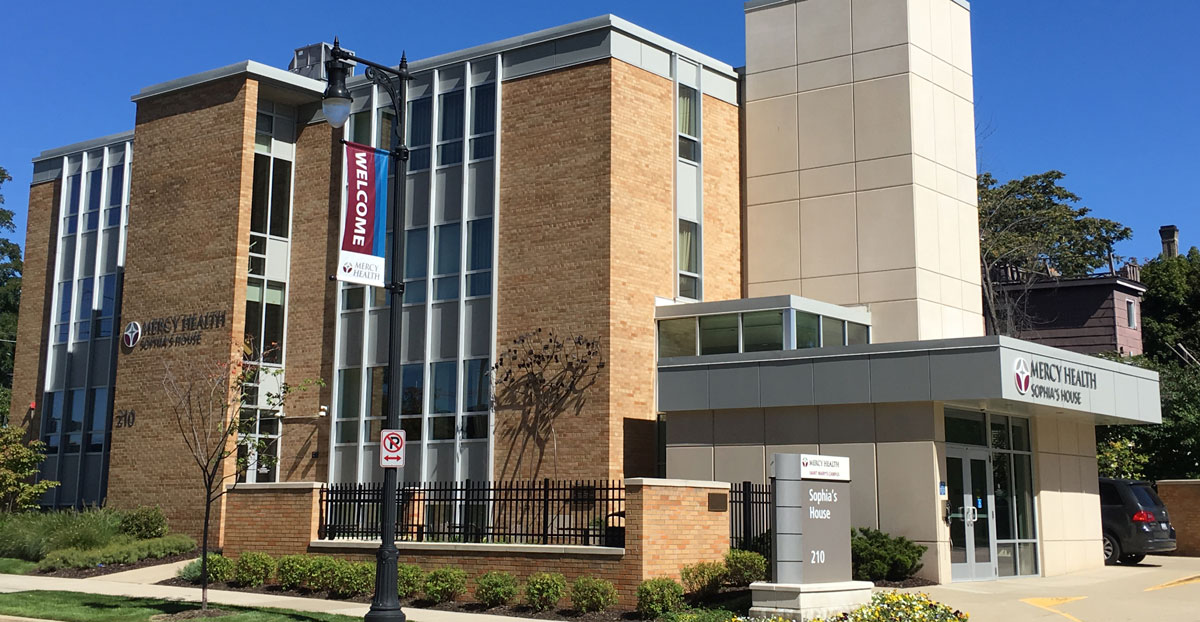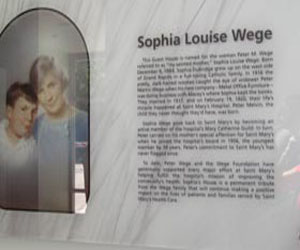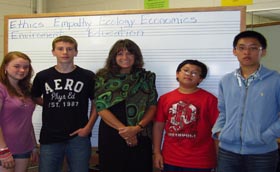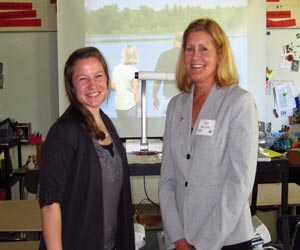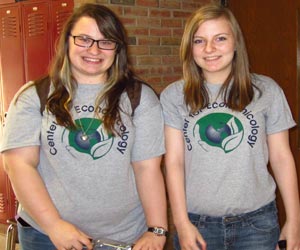Jessica Wege McLear and Caitlin Wege are pictured above with Dr. Mary Sue Coleman, President of the University of Michigan. The sisters came across the country, one from Boston, one from San Diego, to attend Michigan’s annual Peter M. Wege Lecture started by their grandfather in 2001. This year’s speaker was Achim Steiner, Under-Secretary-General of the United Nations and head of the UN Environment Programme. His title was, “The Imperative of Change: Environmentalism in the 21st Century.”
The UN executive’s thesis took a page out of Peter M. Wege’s two books on ECONOMICOLOGY when he addressed the need to balance the economy with the ecology. Steiner’s argument is that “nature is also capital” and must be treated for its financial worth. “Functioning wetlands have value,” he told the audience in Rackham Hall. “Pollination services by bees are free but shouldn’t be.”
Because humans have considered the natural world as a free resource, we have exploited it without regard to its financial worth. “Mankind’s non-valuation of nature over time is tragic,” Steiner said. “We have to become more economically literate about the environment.”
And echoing Peter M.Wege’s top global concern, Achim Steiner spoke to the threat of over population. “We have seven billion people today, nine billion by 2050.” His ‘Imperative of Change’ is that we must act now to conserve Earth’s finite resources in the face of the exploding number of people dependent on nature for survival.
Steiner noted that the difference between our reaction to the smog pollution of the last century and the global climate-change damage in the 21st is that people could see and smell dirty smog. But the destructive pollution of carbon dioxide is invisible and odorless. Most discouraging to his audience was the statistic that world governments now spend eight to nine times more money subsidizing carbon industries than they spend diminishing emissions.
“We must transition to a green economy,” he said, before it’s too late.
**To watch the introduction and the full lecture, please click Wege Lecture for the two links.
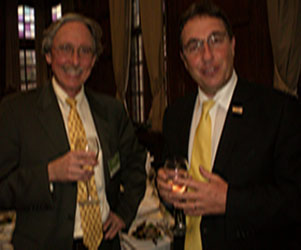

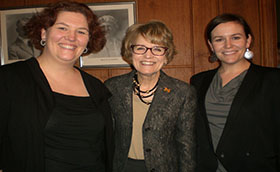
 Jessica Wege McLear, Dave Frey, and Caitlin Wege. Truly “Are A Team” that helped make the Downtown Market a reality. The Wege Foundation and The Frey Foundation were major contributors in the private donations that combined with public funding to build the $30 million indoor/outdoor farm market on Ionia and Wealthy just east of 131.
Jessica Wege McLear, Dave Frey, and Caitlin Wege. Truly “Are A Team” that helped make the Downtown Market a reality. The Wege Foundation and The Frey Foundation were major contributors in the private donations that combined with public funding to build the $30 million indoor/outdoor farm market on Ionia and Wealthy just east of 131.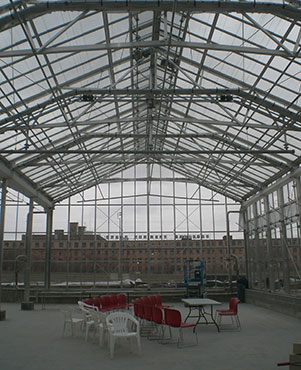
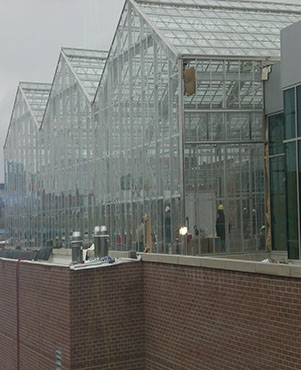 The new Downtown Market with its three pyramids of glass as seen from the highway.
The new Downtown Market with its three pyramids of glass as seen from the highway.